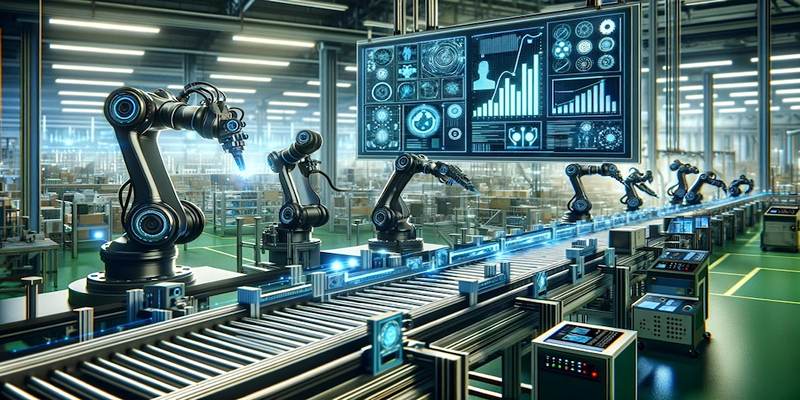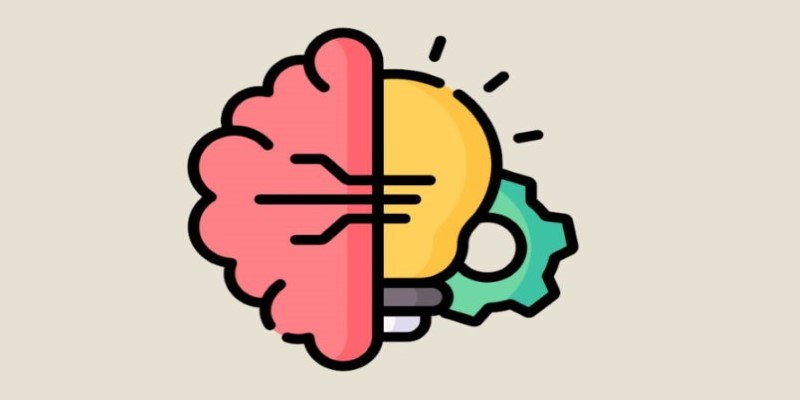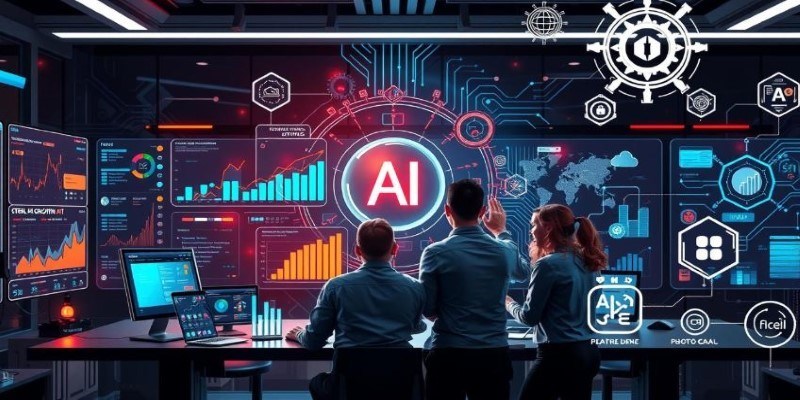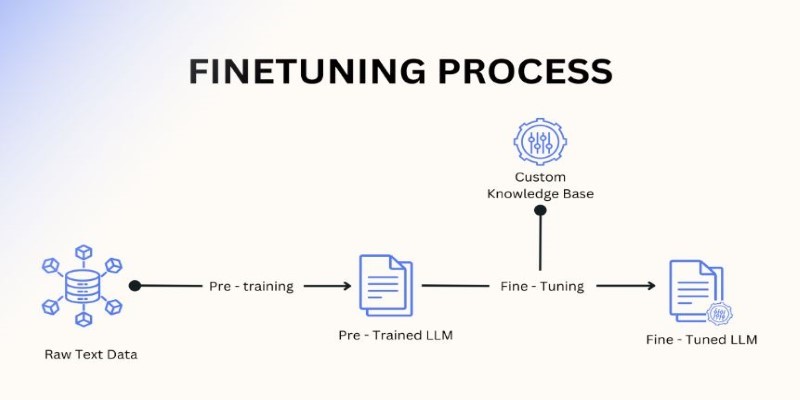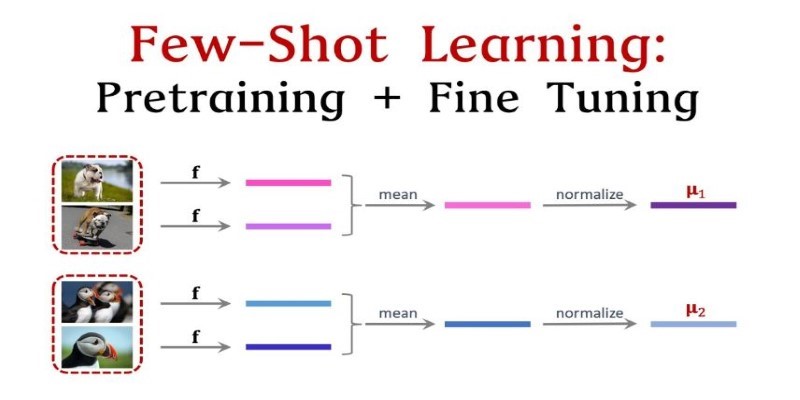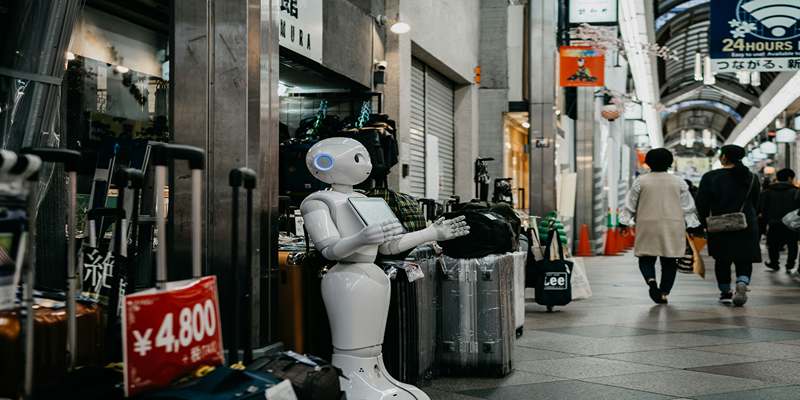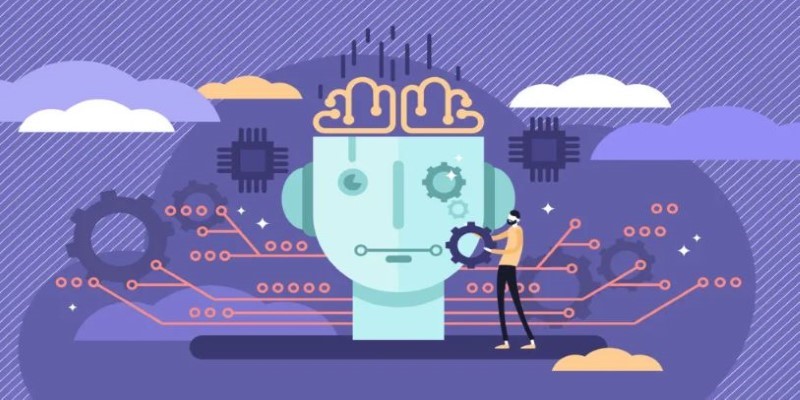Machine learning is reshaping the world, powering everything from recommendation systems to medical diagnostics. But beneath its promise lies a major flaw—bias. Bias in machine learning isn't just about technical errors; it can influence decisions in ways that reinforce existing inequalities. Imagine applying for a loan only to be rejected because the AI system trained on biased historical data assumes your demographic is a risk.
These issues aren’t just theoretical; they impact real lives. Understanding how bias creeps into AI systems, why it matters, and how to minimize it is crucial as we increasingly rely on machine learning to make decisions.
How Bias Creeps into Machine Learning?
Bias in machine learning is subtle but strongly rooted, influencing AI choices that can perpetuate inequality instead of addressing it.
Bias in Training Data

Machine learning models are meant to be unbiased, but they seldom are. The greatest cause of bias is the data that they learn from. If the historical data is biased—societal, racial, gendered, or otherwise—an AI model learned from that data will more than likely reinforce and exacerbate the biases. Use hiring algorithms as a prime example. If the system is developed using historical data that discriminated against one sex over another, it will further discriminate in their favor, extending discrimination and not eradicating it.
Algorithmic Bias
Bias comes not just from data; the design of all algorithms may trigger bias. Certain intolerable biases could arise from how a model is designed, its mathematical assumptions, or even its choice of optimization techniques. Some algorithms might give different weights to different features, which may lead to unfair results. However, great impact is made by how data is collected as well. When an AI model for facial recognition is predominantly trained with lighter-skinned individuals, it shows weak abilities in recognizing darker-skinned faces; in practice, this was a real problem with certain facial recognition software used by police, resulting in wrongful arrest.
Human Influence on AI
Even human oversight can introduce bias. AI developers make countless decisions about which data to include, which algorithms to use, and how to evaluate success. If those choices are made without considering bias, the final model can be inherently flawed. Bias isn’t always intentional, but its effects can be severe, leading to discrimination in areas like credit scoring, job recruitment, and even criminal justice.
The Consequences of Bias in AI
Bias in machine learning can have real-world implications far beyond a few bad predictions. One of the most significant dangers is algorithmic bias in decision-making systems. AI models are increasingly being used in legal systems to predict the likelihood of reoffending, in banks to determine creditworthiness, and in hospitals to assist with diagnosis. If these models are biased, they can disproportionately harm certain groups.
A well-documented case is the use of AI in hiring. Companies have deployed machine learning tools to sift through job applications, but biased models have been found to favor certain demographics over others. Amazon, for example, scrapped an AI hiring tool when it was discovered that the system penalized resumes containing the word "women’s," effectively discouraging female candidates from being selected.
Financial services also suffer from bias. Due to biased historical lending data, lending algorithms have been criticized for discriminating against minorities. AI-driven mortgage approval systems, for example, may charge higher interest rates or deny loans based on data patterns that reflect past inequalities rather than current financial capabilities.
Healthcare, another sector increasingly relying on AI, is not immune. A study found that an algorithm used to predict which patients needed extra care was biased against Black patients, significantly reducing their access to vital healthcare services. These biases don’t just affect individual outcomes—they reinforce systemic inequalities that are already present in society.
Strategies to Reduce Bias in Machine Learning
While bias in AI is a complex problem, it’s not unsolvable. The first step in addressing bias is recognizing where it originates. Companies and researchers must take a proactive approach to identifying and mitigating bias in data and algorithms. One strategy is to use diverse and representative training data. If AI systems are trained on more inclusive datasets, they’re less likely to reinforce unfair patterns.
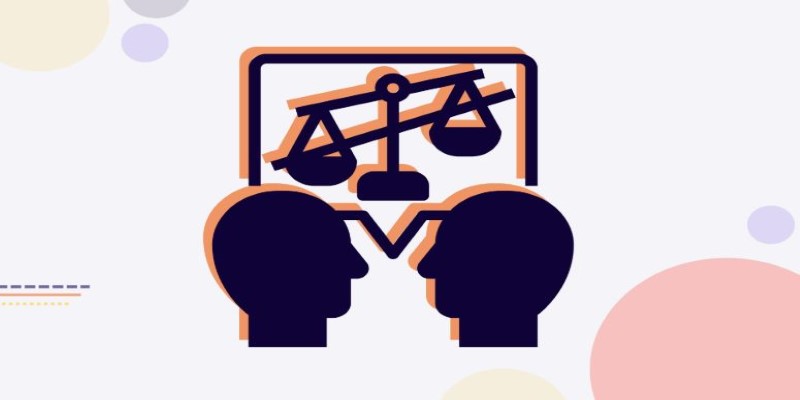
Algorithmic fairness techniques can also help. These methods adjust how AI models weigh and interpret data to reduce bias. For instance, adversarial debiasing involves training an AI model to predict outcomes while another model simultaneously tries to detect and neutralize bias. Other methods, such as reweighting and resampling data, can help balance unfair distributions.
Human oversight is another critical factor. AI systems should not be left to function without accountability. Regular audits can help identify biases before they become embedded in decision-making processes. Some organizations are now implementing AI ethics boards to oversee how models are developed and deployed, ensuring fairness is a priority.
Finally, transparency in AI decision-making is key. Many machine learning models operate as "black boxes," meaning their decision-making processes are difficult to interpret. Explainable AI techniques can help developers understand how an algorithm reaches conclusions, allowing them to spot and correct biases. If an AI system is making biased decisions, companies should be able to pinpoint the issue and adjust accordingly.
Conclusion
Bias in machine learning isn’t just a technical flaw; it has real-world consequences that affect fairness in hiring, healthcare, finance, and beyond. When AI models learn from biased data, they reinforce existing inequalities rather than eliminate them. However, bias can be mitigated through diverse training data, fairness-aware algorithms, transparency, and human oversight. Addressing these issues isn’t just about improving AI—it’s about ensuring technology serves everyone equitably. As machine learning continues to shape decisions in critical areas, prioritizing fairness is essential. By taking responsibility for bias now, we can create AI systems that enhance opportunities rather than restrict them.
